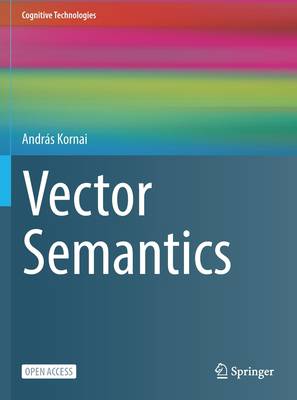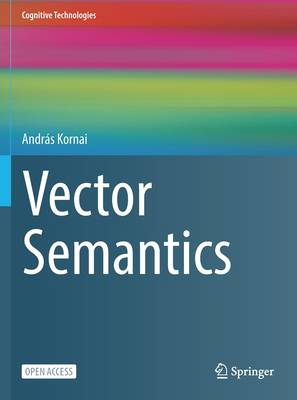
- Retrait gratuit dans votre magasin Club
- 7.000.000 titres dans notre catalogue
- Payer en toute sécurité
- Toujours un magasin près de chez vous
- Retrait gratuit dans votre magasin Club
- 7.000.0000 titres dans notre catalogue
- Payer en toute sécurité
- Toujours un magasin près de chez vous
Description
Preface............................................................... vii
1 Foundations of non-compositionality.................................
1.1 Background ...................................................
1.2 Lexicographic principles ........................................
1.3 The syntax of definitions ........................................
1.4 The geometry of definitions......................................
1.5 The algebra of definitions .......................................
2 From morphology to syntax ........................................ 23
2.1 Lexical categories and subcategories .............................. 23
2.2 Bound morphemes ............................................. 25
2.3 Relations ..................................................... 302.4 Linking....................................................... 39
2.5 Naive grammar ................................................ 46
3 Time and space.................................................... 53
3.1 Space ........................................................ 54
3.2 Time ......................................................... 59
3.3 Indexicals, coercion ............................................ 62
3.4 Measure ...................................................... 65
4 Negation.......................................................... 69
4.1 Negation in the lexicon.......................................... 71
4.2 Quantifiers .................................................... 73
4.3 Negation in compositional constructions ........................... 74
4.4 Double negation ............................................... 77
4.5 Compositional quantifiers ....................................... 78
4.6 Disjunction ................................................... 80
4.7 Scope ambiguities.............................................. 81
4.8 Conclusions ................................................... 82
5 Valuations ........................................................ 83
5.1 Introduction ................................................... 83
5.2 The likeliness scale............................................. 84
5.3 Naive inference (likeliness update) ................................ 86
5.4 Learning...................................................... 89
5.5 Conclusions ................................................... 916 Modality ......................................................... 93
6.1 The deontic world .............................................. 93
6.2 Epistemic and autoepistemic logic ................................ 93
6.3 Defaults ...................................................... 93
7 Adjectives, gradience, implicature ................................... 95
7.1 Adjectives .................................................... 95
7.2 Gradience..................................................... 96
7.3 Implicature.................................................... 96
7.4 The elementary pieces .......................................... 97
7.5 The mechanism ................................................ 100
7.6 Memory ...................................................... 103
7.7 Conclusions ................................................... 104
8 Trainability and real-world knowledge............................... 107
8.1 Proper names.................................................. 107
8.2 Trainability ................................................... 109
9 Dynamic
Spécifications
Parties prenantes
- Auteur(s) :
- Editeur:
Contenu
- Nombre de pages :
- 273
- Langue:
- Anglais
- Collection :
Caractéristiques
- EAN:
- 9789811956096
- Date de parution :
- 07-12-22
- Format:
- Livre broché
- Format numérique:
- Trade paperback (VS)
- Dimensions :
- 193 mm x 260 mm
- Poids :
- 566 g

Les avis
Nous publions uniquement les avis qui respectent les conditions requises. Consultez nos conditions pour les avis.






